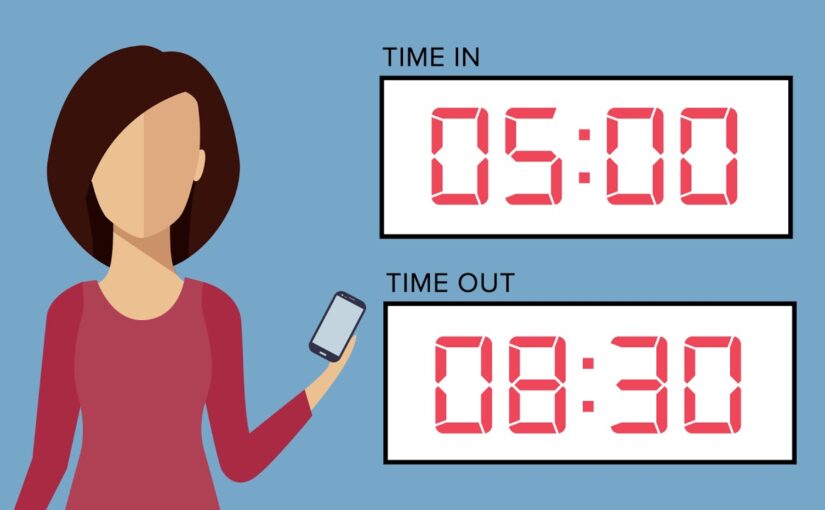Everything you Need to Know About Electronic Visit Verification (EVV)

While the 21st Century Cures Act was put in place back in 2016, there have since been new changes that have a significant impact on healthcare agencies and providers, like newly mandated EVV policies.
What is EVV?
Electronic visit verification is just that—it’s an electronic method for verifying visits and collecting visitation data by care providers when conducting services. This technology allows providers to easily record their activities.
Here is some information EVV can capture:
- The time that a visit started and ended
- The date of the service
- The person who received the service
- The type of service provided
- The employee or provider conducting the service
- The location of where the service happened using geolocation
How to Use EVV

Our mobile app has inbuilt EVV functionality. Information collected by EVV is secure and protected by health policy laws like HIPPA. There’s no tracking, and location information is only used at the start and end of a visit.
Using EVV is quick and easy, especially with the latest version of the iCareManager App. You can check-in and out with a simple QR scan using the camera on your mobile device. This scans the provider’s badge. You can also check-in by using the name search feature.
EVV Requirements
Every state is required to implement the EVV system as of January 1, 2019 for anyone providing home care services covered by Medicaid. It’s designed to cut down on fraudulent care claims and ensure individuals are receiving the care they’re promised.
Each state has the liberty to design their own EVV as well as apply their own quality control standards, but the system must always verify the essentials: the service provided, the person receiving the service, the person providing the service, and the date, location, and time of the service.
While it’s not revolutionary software, EVV solutions are meant to simplify and better manage visitations by providers and prevent abuse in the Electronic Health Record System.